'You could smell dead animals': Scientists seek rare species survivors amid bushfires
Australia’s unprecedented bushfire season has so far charred 104,000 square kilometres of bushland, rainforests, and national parks — killing an estimated billion wild animals.
Scientists fear some of the continent’s unique and colourful species may not recover. For others, they are desperately trying to throw out lifelines.
Where flames have subsided, biologists are starting to look for survivors, hoping they may find enough left of some rare and endangered species to rebuild populations.
Kingsley Dixon, an ecologist at Curtin University in Perth, said he doesn’t think he’s seen a single event push so many species to the brink of extinction.

Not long after wildfires passed through Oxley Wild Rivers National Park in New South Wales, ecologist Guy Ballard from the University of New England set out to look for brush-tailed rock wallabies.
Before this fire season, scientists estimated there were as few as 15,000 left in the wild. Now recent fires in a region already ravaged by drought have burned through some of their last habitat, and the species is in jeopardy of disappearing, Mr Ballard said.
'Living among the dead': Sad truth behind that viral photo of 'crying' koala
Outrage over plan to bulldoze 'Bear Hill' koala habitat amid bushfire crisis
'Silent tragedy': Koala dies from stranger's kind bushfire act
In prior years, his team identified a handful of colonies within the national park. After the recent fires, they found smoking tree stumps and dead animals.
“It was just devastating,” he said. “You could smell dead animals in the rocks.”
But some wallabies, his team discovered, were still alive.
“All you can do is focus on the survivors,” he said.
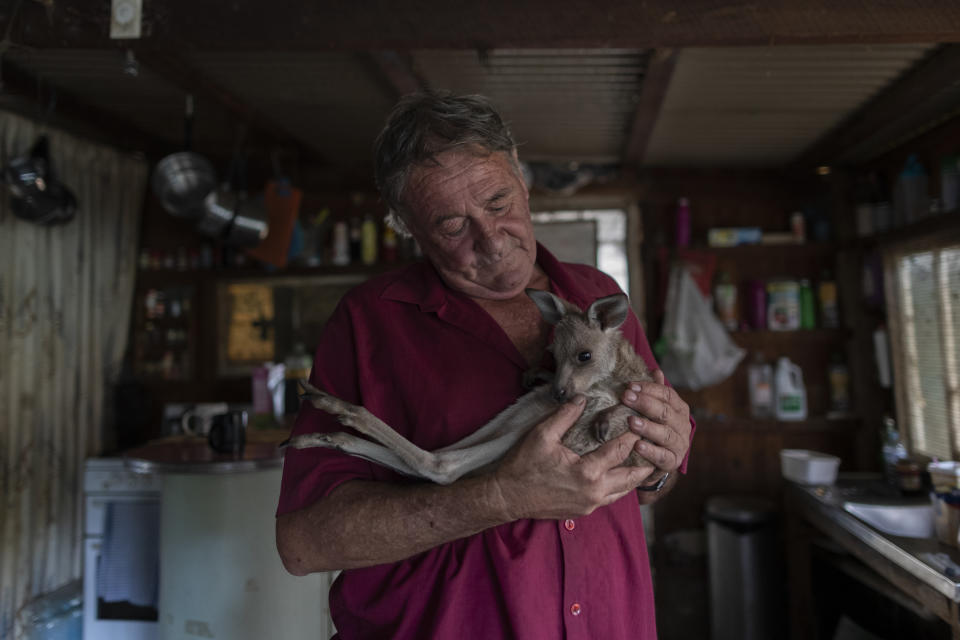
Australia’s forests and wildlife evolved alongside periodic wildfires. What’s different this year is the vast extent of land burned against a backdrop of drought and searing temperatures attributed to climate change.
Last year, among the driest in more than a century, saw temperatures that routinely topped 40 degrees.
Not all animals will perish in the blazes. Some can shelter in rock crevices or hide deep in underground burrows. Yet when survivors emerge into a fire-scorched wasteland, they will face hunger, thirst and non-native predators, including introduced foxes and feral cats.
Since fires swept through parts of Oxley Wild Rivers National Park nearly two months ago, there’s been little rain and no green shoots.
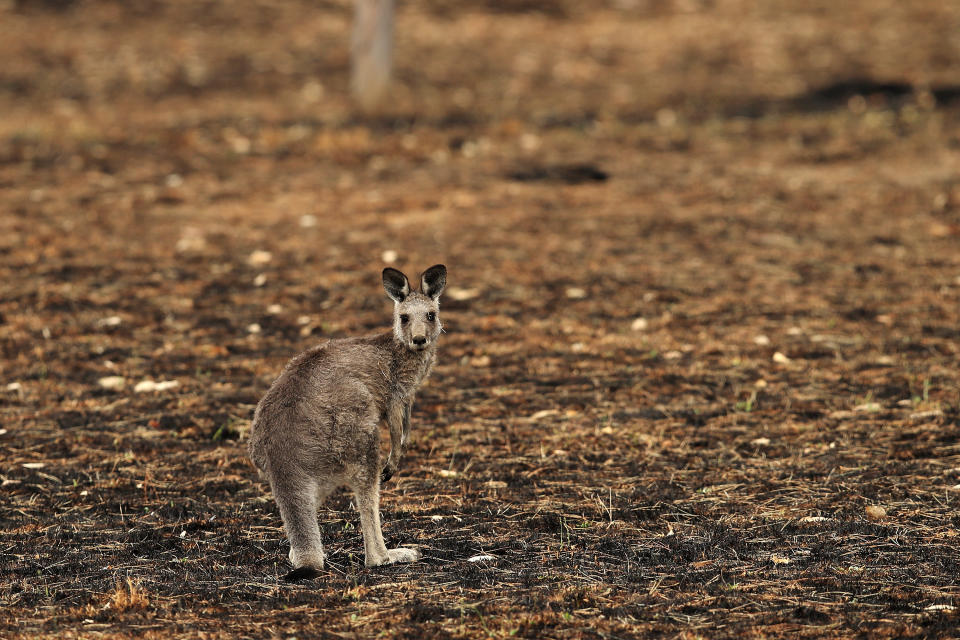
So Mr Ballard’s team has trekked through the ash-covered forest carrying water and sacks of sweet potatoes, carrots and food pellets.
“There are so few left that, with a species this rare, every individual counts,” he said.
Elsewhere in New South Wales, conservation workers are dropping vegetables from airplanes into scorched forests, hoping that wallabies and other species find a meal.
In Victoria, authorities estimate that brush-tailed rock wallabies lost 40 per cent of their habitat as did another rare marsupial, the long-footed potoroo, according to a preliminary damage assessment.
The full toll on Australia’s wildlife includes at least 20 and possibly as many as 100 threatened species pushed closer to extinction, according to scientists from several Australian universities.

Jim Radford, an ecologist at La Trobe University in Melbourne, said the “worry is that with so much lost, there won’t be a pool of rare animals and plants to later repopulate burnt areas”.
The fires could knock out rainforest species dating back to the time of the Gondwana supercontinent, before the modern continents split apart, he said.
University of Sydney ecologist Christopher Dickman estimated that more than one billion animals have been killed so far. His calculations took previously-published animal density numbers for different vegetation types and multiplied that by acreage burned.
He added that number does not include bats, amphibians, insects or other invertebrates.
The wildlife toll includes tens of millions of possums and small marsupials known as gliders, which live in tree tops and can leap extraordinary distances by using a parachute-like membrane of skin between their ankles and wrists.
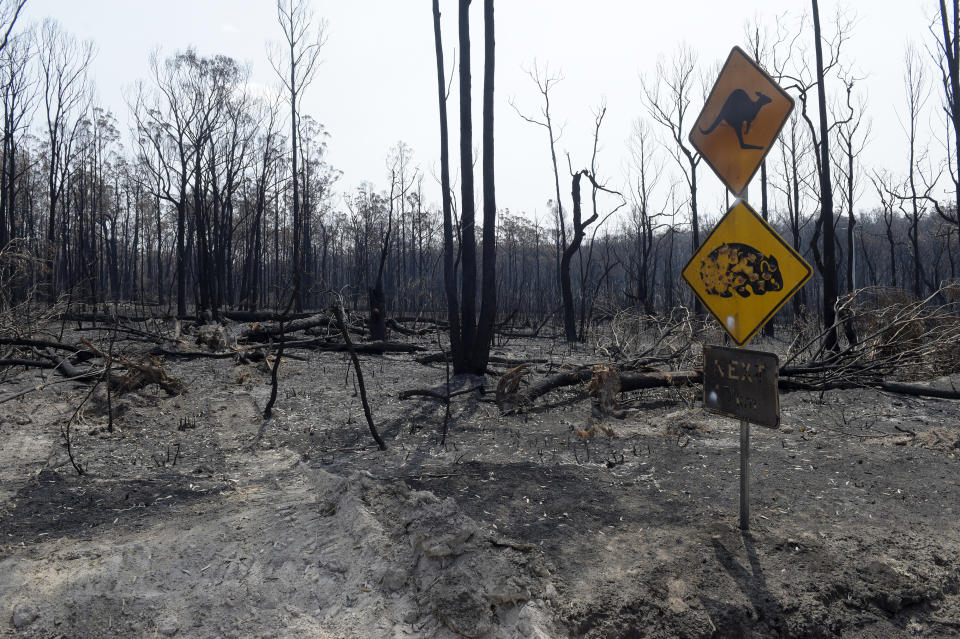
‘No one else has them’
State officials in Victoria predicted more than a 25 per cent reduction in glider numbers from the fires.
“The implications for some species are pretty grim,” Mr Dickman said.
“If we can’t protect them here, they’re gone. No one else has them.”
The Australian government announced Monday that it was spending $50 million on emergency wildlife rescue efforts and habitat recovery.
Fires are still burning in the Blue Mountains, a UNESCO World Heritage site west of Sydney — one of the last strongholds of the regent honeyeater, an elegant black and yellow bird that has already lost 95 per cent of its breeding habitat since European settlers arrived in Australia.
There are only 300 to 400 of the birds left in the wild, Ross Crates, an ecologist at Australia National University, said.
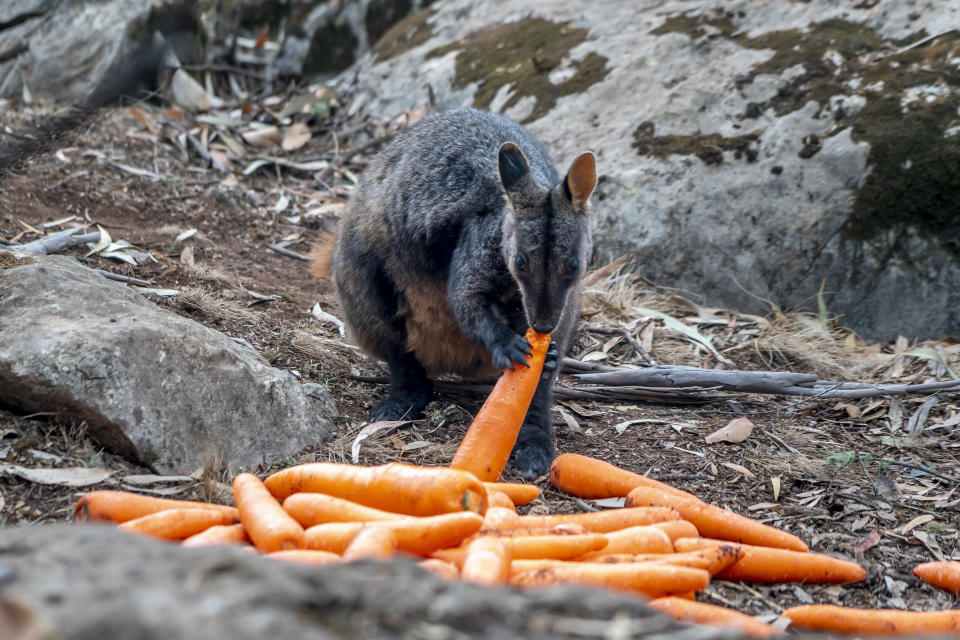
They are dependent on nectar from certain eucalyptus tree blossoms, but the dry weather has meant that many trees are producing no nectar.
After the wildfires subside, Mr Crates plans to survey what’s been newly scorched.
“Even for birds that survive the fires, we are concerned about how they will feed and nest,” he said.
While koalas are not yet classified as vulnerable to extinction, their populations in some fire-ravaged areas may have been snuffed out.
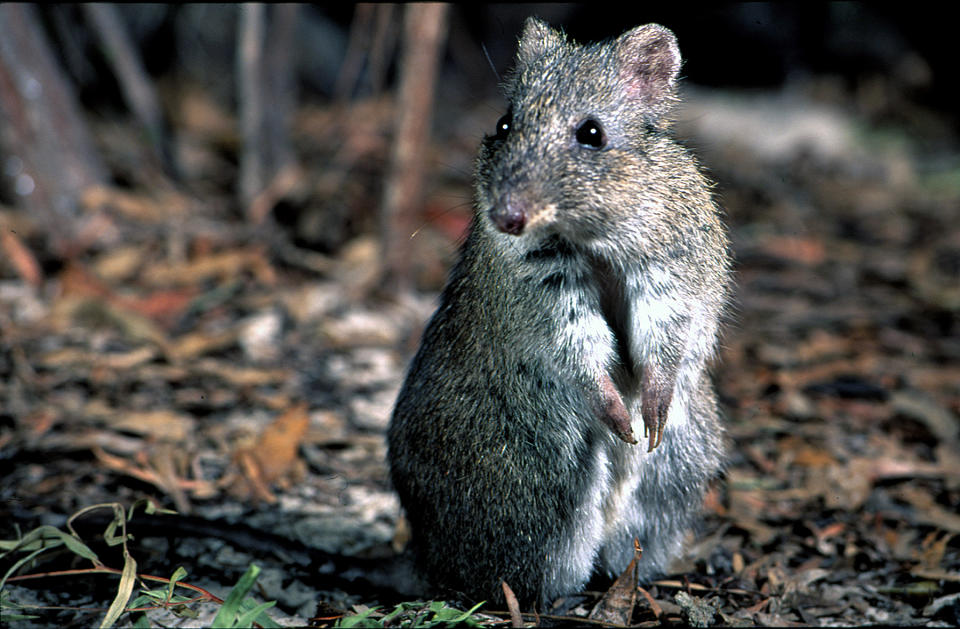
Mathew Crowther, an ecologist at the University of Sydney, said there’s been a “massive reduction in habitat” and it’s only the start of bushfire season.
“Koalas won’t go extinct in the next few years, but if their habitat is destroyed bit by bit, it could eventually be death by a thousand cuts,” he said.
“We have to look at long-term trends — what will the temperatures and wildfires be like in the future?”
Do you have a story tip? Email: newsroomau@yahoonews.com.
You can also follow us on Facebook, Instagram and Twitter and download the Yahoo News app from the App Store or Google Play.



